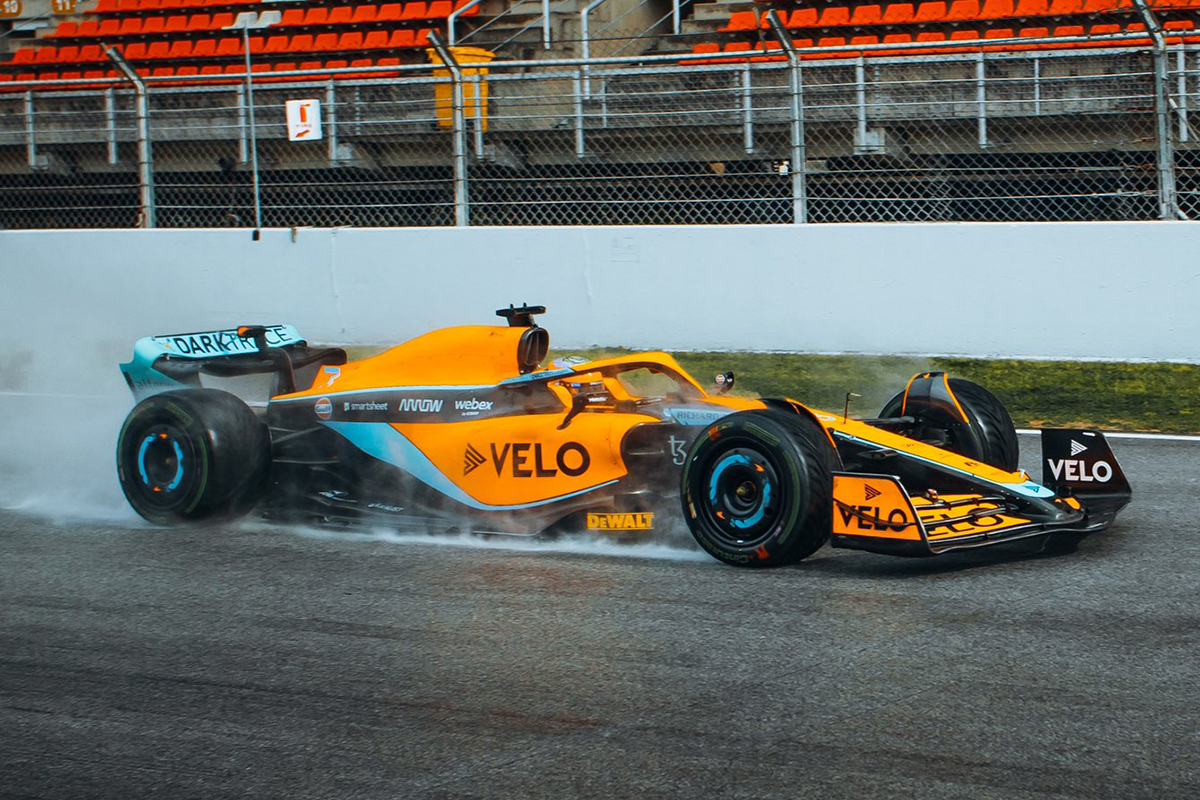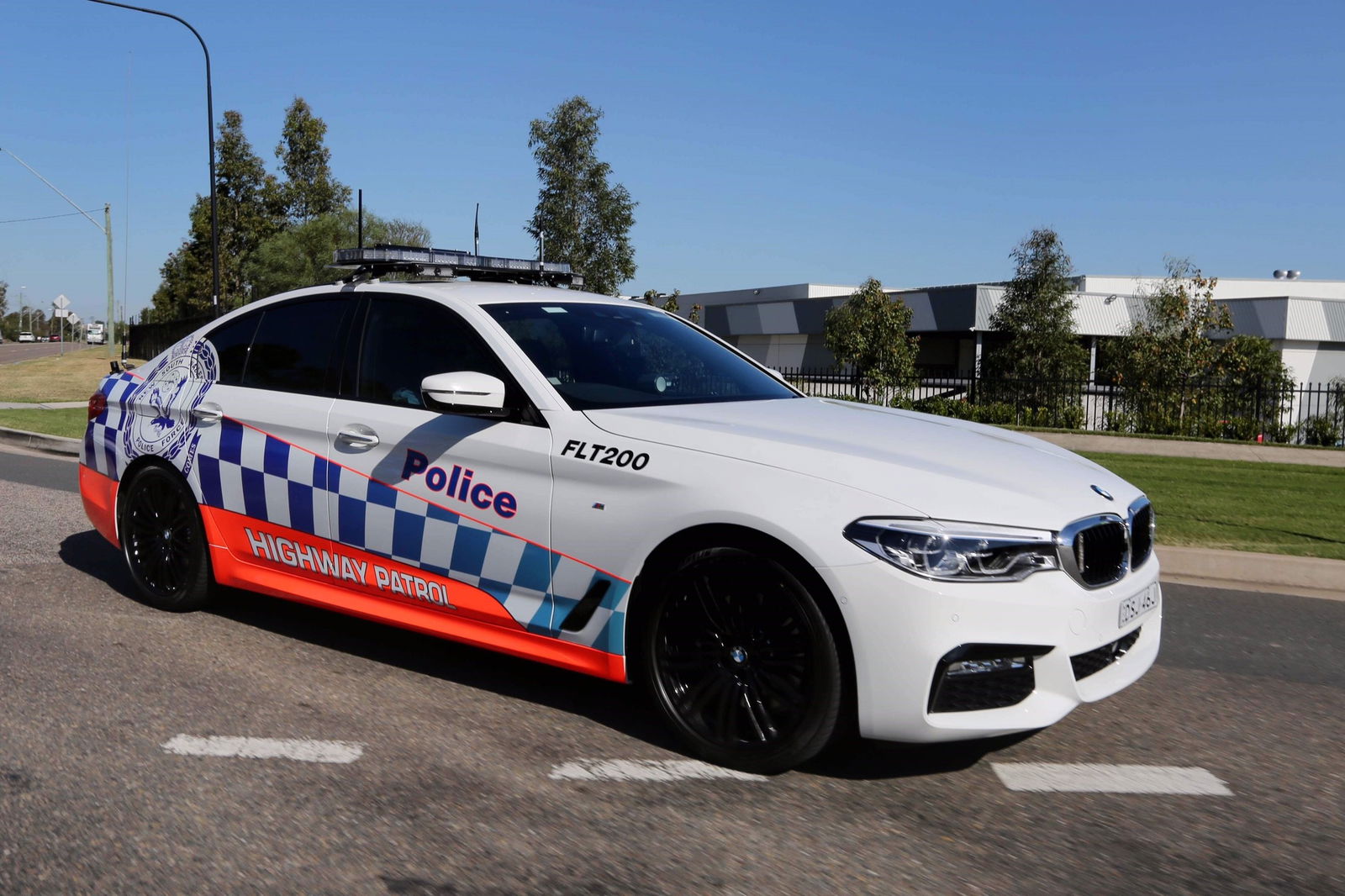

McLaren’s technical boss claims its 2022 Formula 1 car has less extreme traits that its predecessor suffered with both Daniel Ricciardo and Lando Norris comfortable in the MCL36.
Following three days of running in Barcelona, teams have begun to get a good foundational understanding of their car’s strengths and weaknesses.
At McLaren, that’s revealed a car that is somewhat more user friendly to the drivers, a step in the right direction after the unique driving style needed from its predecessor.
“Fundamentally, both drivers have kind of got on with the car okay, there’s been no major concerns to date,” said James Key when asked by Speedcafe.com how the drivers are adapting.
“Let’s see how we go in Bahrain at a different track and so on, but there’s been no major upsets, it’s all kind of worked as we expected it.
“I would say overall, it’s been maybe even an easier car to drive so far.”
Last year’s MCL35M was something of a unique beast, requiring a specific driving style that did not come naturally to Ricciardo.
That was the product of design evolution over a number of years, with attributes inherent in the car which would have proved too costly in terms of initial performance loss to engineer out.
It made for a car that was somewhat inconsistent; it won at Monza in the hands of Ricciardo, but struggled for pace at Zandvoort the weekend before.
Acutely aware of the limitations faced by the MCL35M, efforts have been made to resolve some of those underlying issues.
“We could see in the data what our strengths and weaknesses were, but given the complexities of these cars, particularly with the previous aerodynamics and setup options and so on, there weren’t any silver bullet – you had to develop your way out of them,” Key explained of the ’21 car.
“And you could have had years of this kind of legacy behaviour going on, which would have knocked you back significantly in downforce to remove them, so you’ve got one of those horrible trades where you’ve got to inch towards it rather than jump towards it.
“It’s not to say we’ve solved some of those things, but certainly with a new opportunity we were very aware of what we need to work on,” he added.
“As I’ve said before, I think if we’d had the ’21 regulations in ’22, that would have been our main priority.
“We didn’t need to generate a whole stack of downforce based around the same car, we needed to bring up the weaker areas.”
But while the new rules bring a new opportunity for the team, it also introduces a range of challenges due to the new aerodynamic philosophy.
The reintroduction of ground effects sees cars develop their grip in a different way, but in doing so it’s changed the way areas of sensitivity need to be addressed.
“You may not get some of the issues you had in ’21 with these cars, you may get different issues, porpoising is a really good example,” Key explained.
“There’s been new challenges as well to face with that, but I think where we’ve got to is there’s certainly McLaren traits in it, it does feel like a McLaren, but it’s not the extremes that we had before.
“When you look at the way we’re generating downforce, we’ve got massive sort of brute force services, a huge front wing, a massive floor, which is very powerful, far less complexity above all that,” he added.
“I think when you’ve got the brute force aerodynamics, rather than the very refined fiddly aerodynamics we had last year, you’re more likely to get a more stable working platform, because you’re using big services rather than fine detail.
“That’s probably helped us a little bit in that respect, compared to last year.
“So overall, I would say we’ve taken a step in the right direction, but for sure there’s still some work to do.”
Formula 1 testing continues next month with a further three days of running scheduled from March 10 in Bahrain.






















Discussion about this post